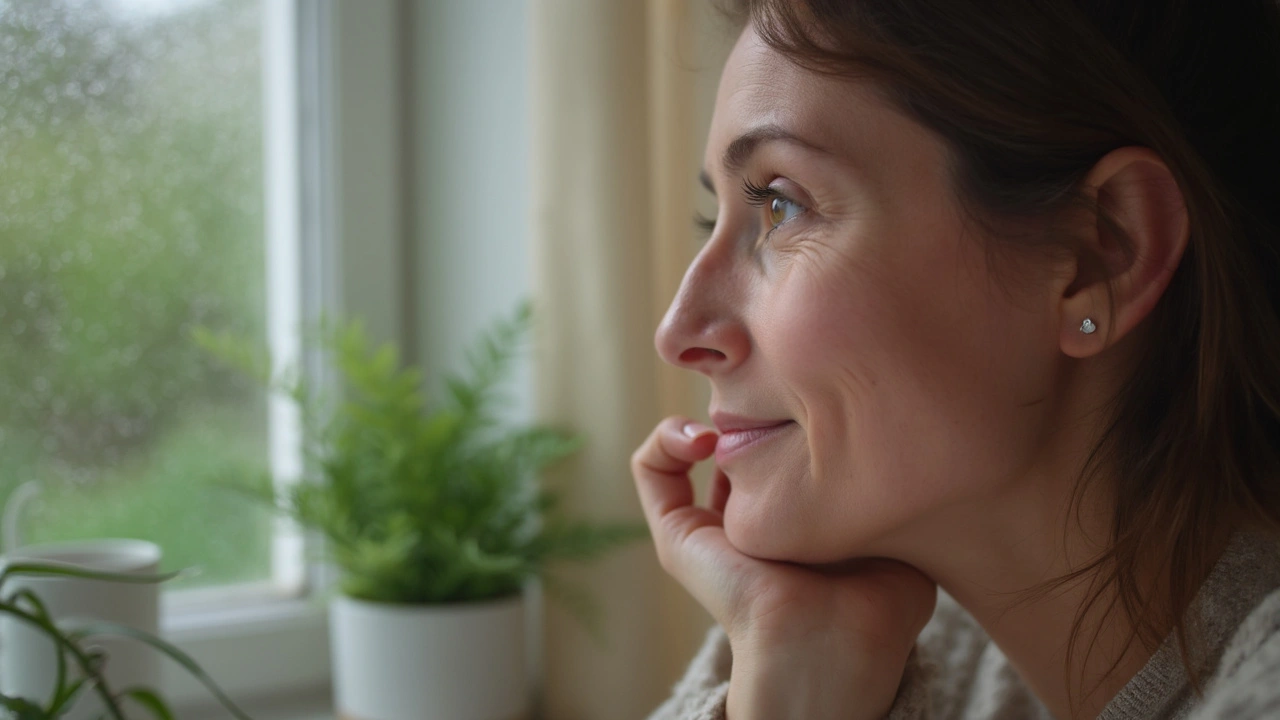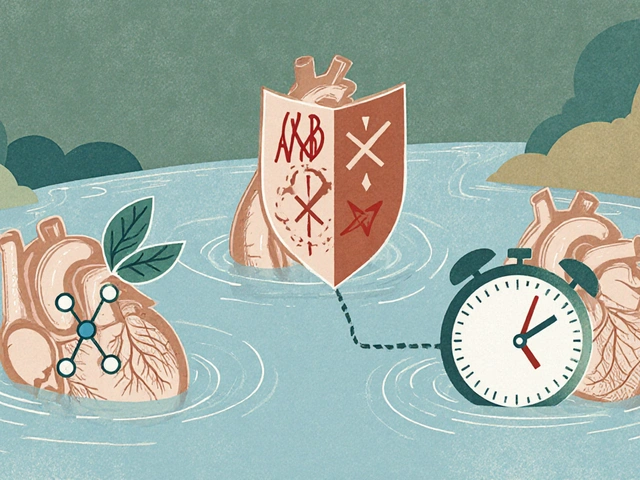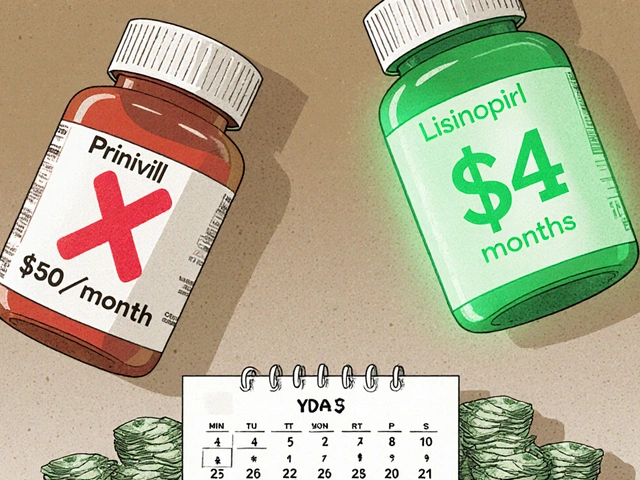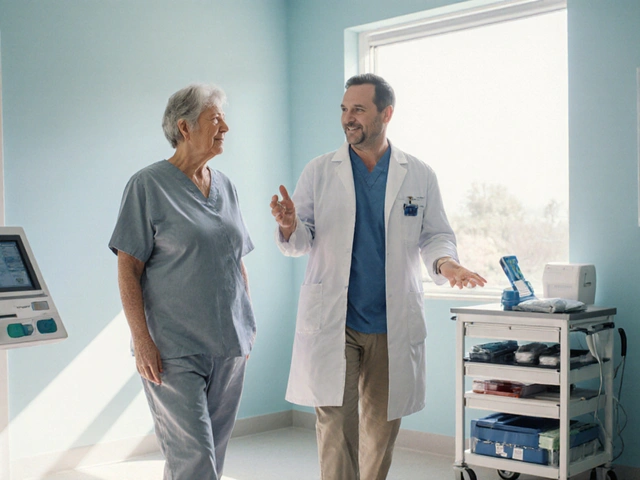Rosacea: Simple Facts, Everyday Triggers, and Cheap Ways to Calm It
Rosacea is a skin condition that makes the face look red, bumpy, and sometimes swollen. It usually shows up after the age of 30 and loves to pop up on the nose, cheeks, chin, and forehead. If you notice persistent flushing that won’t go away, tiny red bumps that look like acne, or a feeling of heat on your face, you might be dealing with rosacea.
Why does it happen? The exact cause isn’t crystal clear, but think of it as a mix of genetics, immune response, and tiny blood‑vessel changes. Some folks have a family history, while others notice that certain foods or weather make the redness flare up.
Common Triggers and What They Look Like
Everyone’s rosacea triggers are a bit different, but the usual suspects are hot drinks, spicy meals, alcohol, and extreme temperatures. Stress, wind, and even bright sunlight can also push the skin into overdrive. When you’re exposed to a trigger, the blood vessels in the face widen, letting extra blood flow through, which creates that classic “sun‑burned” look.
To spot your personal triggers, keep a short diary for a week. Write down what you ate, how you felt, and any changes in your skin. Over time you’ll see patterns – maybe it’s that morning latte or the evening walk in the cold.
Budget‑Friendly Treatment Options
Treating rosacea doesn’t have to break the bank. Start with gentle skin care: use a fragrance‑free cleanser, avoid scrubbing, and pat the skin dry. Look for over‑the‑counter moisturizers with ceramides or niacinamide—they calm inflammation without a prescription.
If you need medication, many generic topical creams (like metronidazole or azelaic acid) cost far less than brand names. Your doctor can write a prescription, and you can compare prices at online pharmacies like the ones we review on CutPriceChemist.com to find the cheapest, verified options.
Oral antibiotics such as doxycycline can help moderate flare‑ups, and a low‑dose version is often cheaper and comes with fewer side effects. Always ask your pharmacist about discounts or PBS (Pharmaceutical Benefits Scheme) savings if you’re in Australia.
Beyond meds, lifestyle tweaks cut down costs too. Wearing a wide‑brim hat, using an SPF 30+ sunscreen daily, and cooling your skin with a cold compress can keep redness at bay without spending a dime.
When rosacea becomes stubborn, it’s time to see a dermatologist. They might suggest laser therapy or light treatments—these can be pricey, but many clinics offer payment plans or reduced rates for students and seniors.
Remember, rosacea is a chronic condition, so the goal is management, not a permanent cure. By spotting triggers, using gentle products, and choosing affordable treatments, you can keep the redness under control and feel more confident in your skin.
Looking for more medication guides or cheap options? Check out our other posts on valproic acid, asthma meds, and budget‑friendly supplements—they’re all written with the same plain‑spoken style you’ll love.

Why Does Rosacea Burn Like Sunburn? Understanding the Neurovascular Causes and Relief Tips
Rosacea often feels like a sunburn, even without spending time in the sun. This article breaks down why that burning sensation happens, zooming in on neurovascular inflammation. Discover the science, common triggers, and hands-on tips for relief and prevention. Factual details and practical advice blend together to help anyone struggling with burning, irritated rosacea skin.



